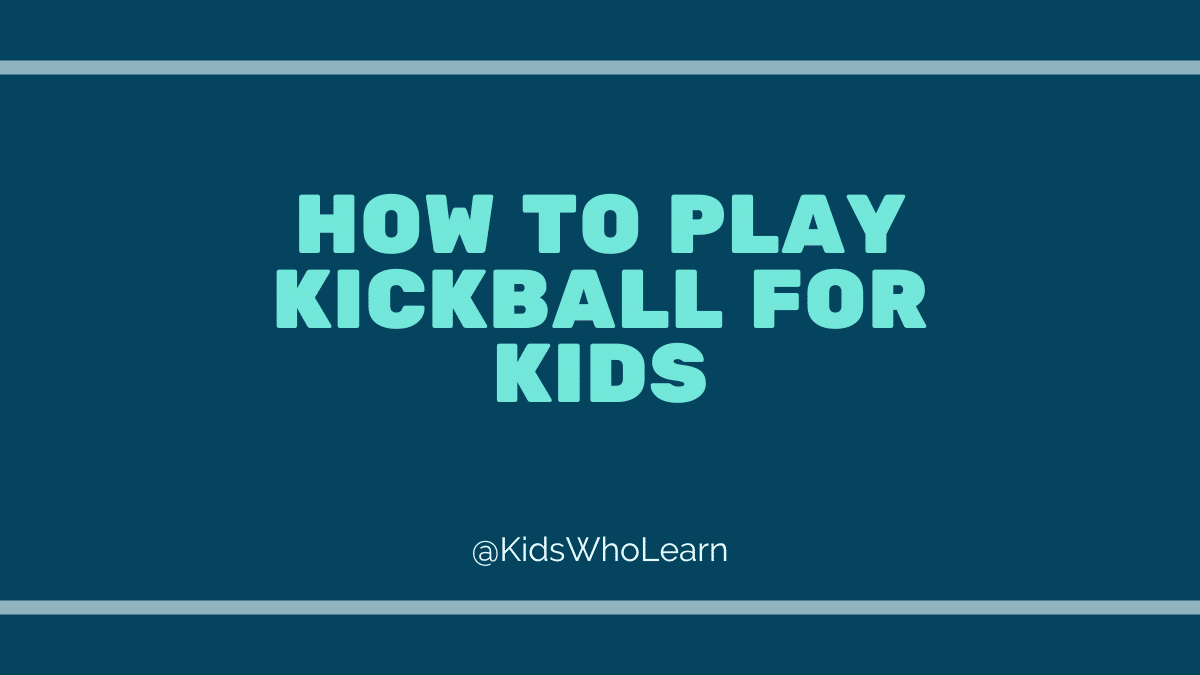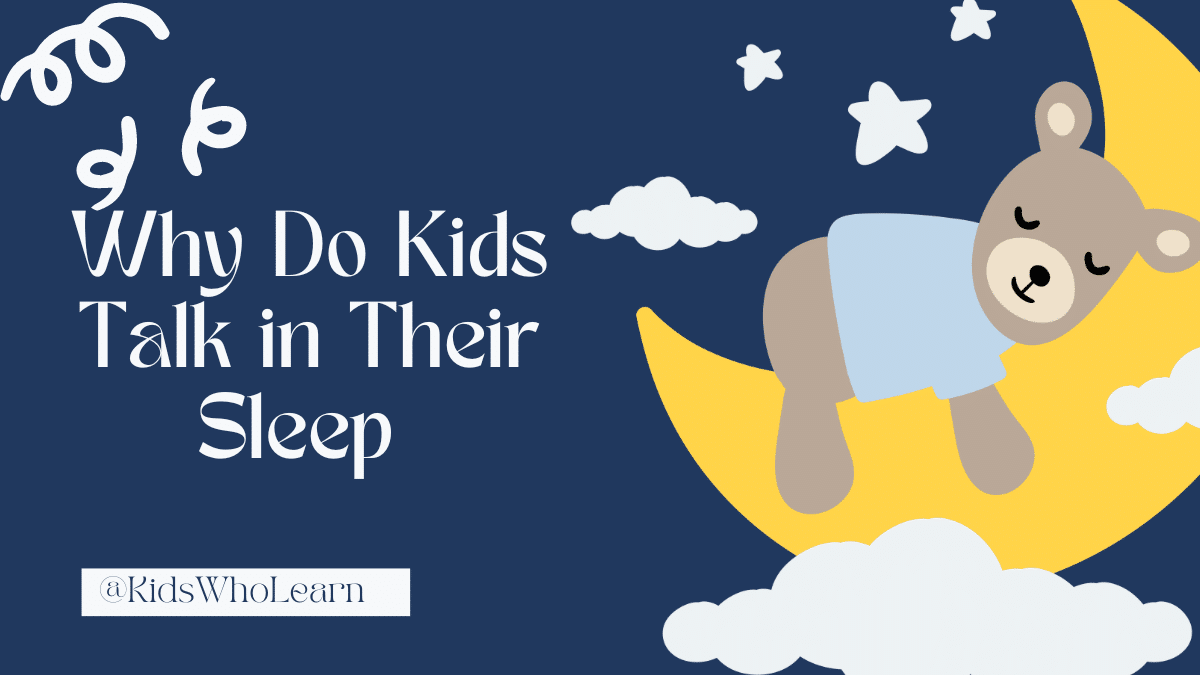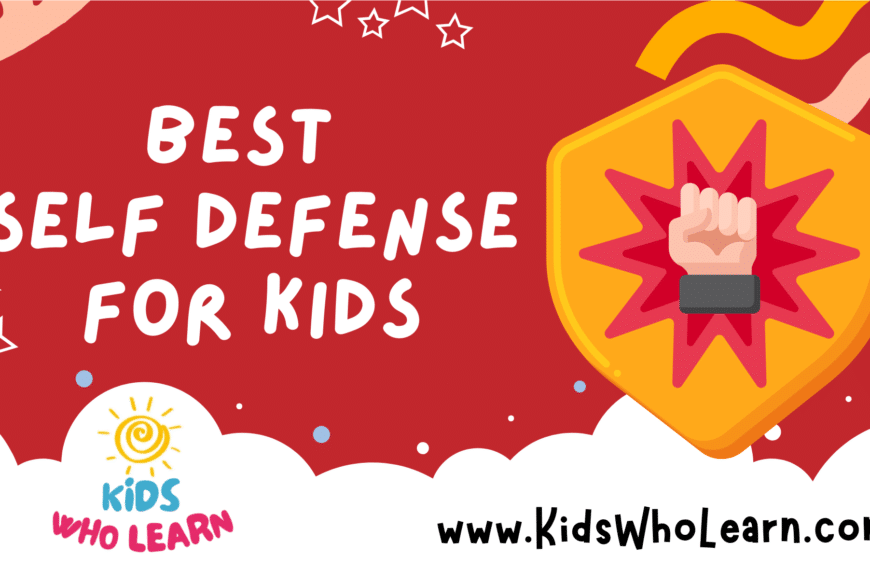If your child is interested in playing soccer, you may be wondering how long a typical game lasts. The length of a kids soccer game can vary depending on several factors, including age group, league rules, and weather conditions. Understanding the duration of a game can help you plan your schedule and ensure that your child is prepared for the physical demands of playing.
Kids Soccer Game Duration
In general, a kids soccer game can last anywhere from 20 minutes to 90 minutes, depending on the age group and league rules. Younger children typically play shorter games, while older children may play full-length games. It’s important to check with your child’s coach or league to determine the exact duration of games for your child’s age group.
Factors Influencing Game Length
Several factors can influence the length of a kids soccer game. These include the age of the players, the size of the field, and the number of players on each team. Additionally, some leagues may have specific rules regarding game length, such as allowing for extra time in the event of a tie. Understanding these factors can help you better prepare for your child’s games and ensure that they have a positive experience on the field.
Key Takeaways
- The duration of a kids soccer game can vary depending on age group and league rules.
- Factors such as field size and number of players can also influence game length.
- Checking with your child’s coach or league can help you determine the exact duration of games and prepare your child for the physical demands of playing.
Kids Soccer Game Duration
If you’re a parent or a coach, you might be wondering how long a kids’ soccer game lasts. The answer depends on the age group of the players. Here’s a breakdown of the game duration for each age group:
Under 6 Age Group
For kids under six years old, the game typically lasts 20-30 minutes per half. There is usually a short break between halves, but the exact duration of the break can vary depending on the league or tournament.
Under 8 Age Group
For kids under eight years old, the game typically lasts 25-30 minutes per half. Again, there is usually a short break between halves.
Under 10 Age Group
For kids under ten years old, the game typically lasts 25-30 minutes per half. However, some leagues or tournaments may opt for longer game durations, such as 30-35 minutes per half.
Under 12 Age Group
For kids under twelve years old, the game typically lasts 30-35 minutes per half. As with the under 10 age group, some leagues or tournaments may opt for longer game durations.
It’s important to note that these are general guidelines, and the exact duration of a kids’ soccer game can vary depending on the league or tournament. Additionally, some leagues may have different rules regarding game duration, such as shorter or longer halves or different break durations. Be sure to check with your league or tournament officials for specific details.
Overall, kids’ soccer games are typically shorter than adult games, but they still provide plenty of opportunities for young players to develop their skills and have fun on the field.
Factors Influencing Game Length
The length of a kids soccer game can vary depending on several factors. Here are some of the main factors that can influence how long a game lasts:
1. Age Group
The age group of the players is one of the most significant factors that can influence game length. Younger players typically have shorter games, while older players have longer games. For example, U6 games might only last 20-30 minutes, while U14 games might last up to 80 minutes.
2. Game Format
The game format can also affect the length of the game. For example, some leagues might play 7v7 or 9v9 games instead of the standard 11v11. These smaller formats can result in shorter games, as there is less ground to cover and fewer players on the field.
3. Field Size
The size of the field can also influence game length. Larger fields mean more ground to cover, which can result in longer games. Conversely, smaller fields can lead to shorter games.
4. Stoppage Time
Stoppage time is another factor that can affect game length. Referees might add time to the end of each half to account for injuries, substitutions, or other delays. This can add several minutes to the overall game length.
5. League Rules
Finally, different leagues might have different rules regarding game length. Some might have shorter or longer games than others, depending on the league’s goals and objectives.
Overall, game length can vary depending on several factors, including age group, game format, field size, stoppage time, and league rules. It’s important to understand these factors when planning and scheduling games to ensure that they are appropriate for the players’ ages and skill levels.
Half Time Duration
During a kids soccer game, there is a half time break that allows players to rest and recharge before the second half of the game. The duration of the half time break can vary depending on the age group and the league rules.
For younger players, the half time break is typically shorter, usually around 5-10 minutes. This allows for a quick break to hydrate, rest, and discuss strategy with the coach. For older players, the half time break is usually longer, ranging from 10-15 minutes. This longer break allows for more time to rest, hydrate, and make adjustments to the game plan.
It’s important for players to use the half time break effectively. This means drinking water or sports drinks to stay hydrated, stretching to prevent injuries, and discussing strategy with the coach and teammates. Coaches may also use this time to make substitutions or make adjustments to the lineup.
Remember, the half time break is an important part of the game and should be used wisely. Use this time to rest and recharge so you can perform your best in the second half of the game.
Extra Time in Kids Soccer
In kids soccer, extra time is a period of play beyond the regular game time. It is added to the end of a game to determine a winner when the score is tied at the end of regulation time. Extra time is also known as overtime or added time.
The length of extra time in kids soccer depends on the age group and the competition rules. Typically, extra time is 10-15 minutes for younger age groups and 15-30 minutes for older age groups. However, some competitions may have different rules, so it’s important to check the regulations before the game.
During extra time, the game continues with the same rules as the regular game time. If a team scores a goal during extra time, they win the game. If the score is still tied at the end of extra time, the game may go to a penalty shootout to determine the winner.
It’s important to note that extra time can be physically and mentally demanding for young players. Coaches and parents should ensure that players are well-rested and hydrated before and during the game. Additionally, players should be encouraged to stay focused and play their best until the final whistle.
Understanding Stoppage Time
In a kids soccer game, the length of the game is typically divided into two halves of equal duration. The duration of each half depends on the age group of the players. For instance, for players aged 6-8 years, each half may last 20 minutes, while for players aged 9-10 years, each half may last 25 minutes.
However, in soccer, the actual time played in each half may be longer than the official duration due to stoppages in play. These stoppages may include injuries, substitutions, time-wasting, and other interruptions. Therefore, the referee may add extra time to the end of each half to make up for the lost time. This extra time is known as stoppage time or injury time.
The amount of stoppage time added at the end of each half is determined by the referee based on the amount of time lost during the half. The referee will signal the amount of stoppage time by holding up a board with the number of minutes added.
It’s important to note that stoppage time is not fixed and can vary depending on the circumstances of the game. Therefore, it’s crucial for coaches and players to manage their time effectively and make the most of the time available.
In summary, stoppage time is the additional time added to the end of each half to make up for lost time due to stoppages in play. The amount of stoppage time added is determined by the referee and can vary depending on the circumstances of the game.
Role of Referees in Timekeeping
During a kids soccer game, the role of referees is crucial in ensuring that the game is played fairly and within the allotted time. Referees are responsible for keeping track of the time and ensuring that the game is played according to the rules.
In most kids soccer games, referees will keep time using a stopwatch or a watch with a timer function. The referee will start the clock at the beginning of the game and stop it at the end of each half. In addition, the referee will keep track of any stoppages in play, such as injuries or substitutions, and add this time onto the end of the half.
It is important for referees to be accurate in their timekeeping, as the length of the game can have a significant impact on the outcome. If the game goes into extra time, for example, the players may become fatigued and more prone to making mistakes. Therefore, referees must ensure that the game is played within the allotted time and that any stoppages are kept to a minimum.
In addition to timekeeping, referees are also responsible for enforcing the rules of the game. This includes making decisions on fouls, free kicks, and penalties. Referees must be impartial and make decisions based on the rules of the game, rather than personal biases or opinions.
Overall, the role of referees in timekeeping is essential to the smooth running of a kids soccer game. Referees must be accurate in their timekeeping and impartial in their decision-making, in order to ensure that the game is played fairly and within the rules.
Effect of Weather on Game Length
The weather can have a significant impact on the length of a kids’ soccer game. Here are a few factors that can affect game length:
- Temperature: If it’s very hot outside, the referee may decide to add extra water breaks to the game to prevent dehydration. This can add a few minutes to the overall game length.
- Rain: If it’s raining heavily, the field may become slippery and dangerous for players. In this case, the referee may decide to take a break to allow the field to dry or to call the game off entirely. This can significantly impact the length of the game.
- Lightning: If there is lightning in the area, the referee will stop the game immediately and wait for the storm to pass before resuming play. This can add a significant amount of time to the game, and in some cases, the game may be called off entirely.
It’s important to remember that the safety of the players is the top priority, and the referee will make decisions based on the weather conditions to ensure that everyone stays safe.
Conclusion
In this article, you have learned about the duration of kids’ soccer games. The length of a game depends on the age group of the players and the type of game being played.
For younger children, games typically last between 20-30 minutes per half, with a 5-10 minute break in between. As children get older, the game duration increases to 40-45 minutes per half, with a 10-15 minute break in between.
It’s important to note that these times are just general guidelines and can vary depending on the league or tournament rules. It’s always a good idea to check with your child’s coach or league officials for specific game duration information.
Remember, soccer is a great sport for kids to learn teamwork, sportsmanship, and physical fitness. Whether your child is just starting out or has been playing for years, the most important thing is to have fun and enjoy the game!
Frequently Asked Questions
What is the typical length of a U10 soccer game?
The typical length of a U10 soccer game is 50 minutes. This includes two halves of 25 minutes each, with a 5-minute break in between.
How long is a U9 soccer game?
A U9 soccer game is typically 40 minutes long. It consists of two halves of 20 minutes each, with a 5-minute break in between.
How long does a high school soccer game last?
A high school soccer game usually lasts for 80 minutes. This includes two halves of 40 minutes each, with a 10-minute break in between.
What is the duration of a soccer match with half-time included?
The duration of a soccer match with half-time included varies depending on the level of play. For example, a professional soccer game lasts 90 minutes, with a 15-minute break for half-time. However, youth soccer games are usually shorter, with half-time breaks ranging from 5 to 10 minutes.
How long is a U6 soccer game?
A U6 soccer game typically lasts for 30 minutes. This includes two halves of 15 minutes each, with a 5-minute break in between.
How many minutes are in a kids soccer game?
The number of minutes in a kids soccer game varies depending on the age group and level of play. Generally, younger children play shorter games, while older children play longer games. The length of a kids soccer game can range from 30 minutes to 80 minutes, depending on the age group and level of play.







